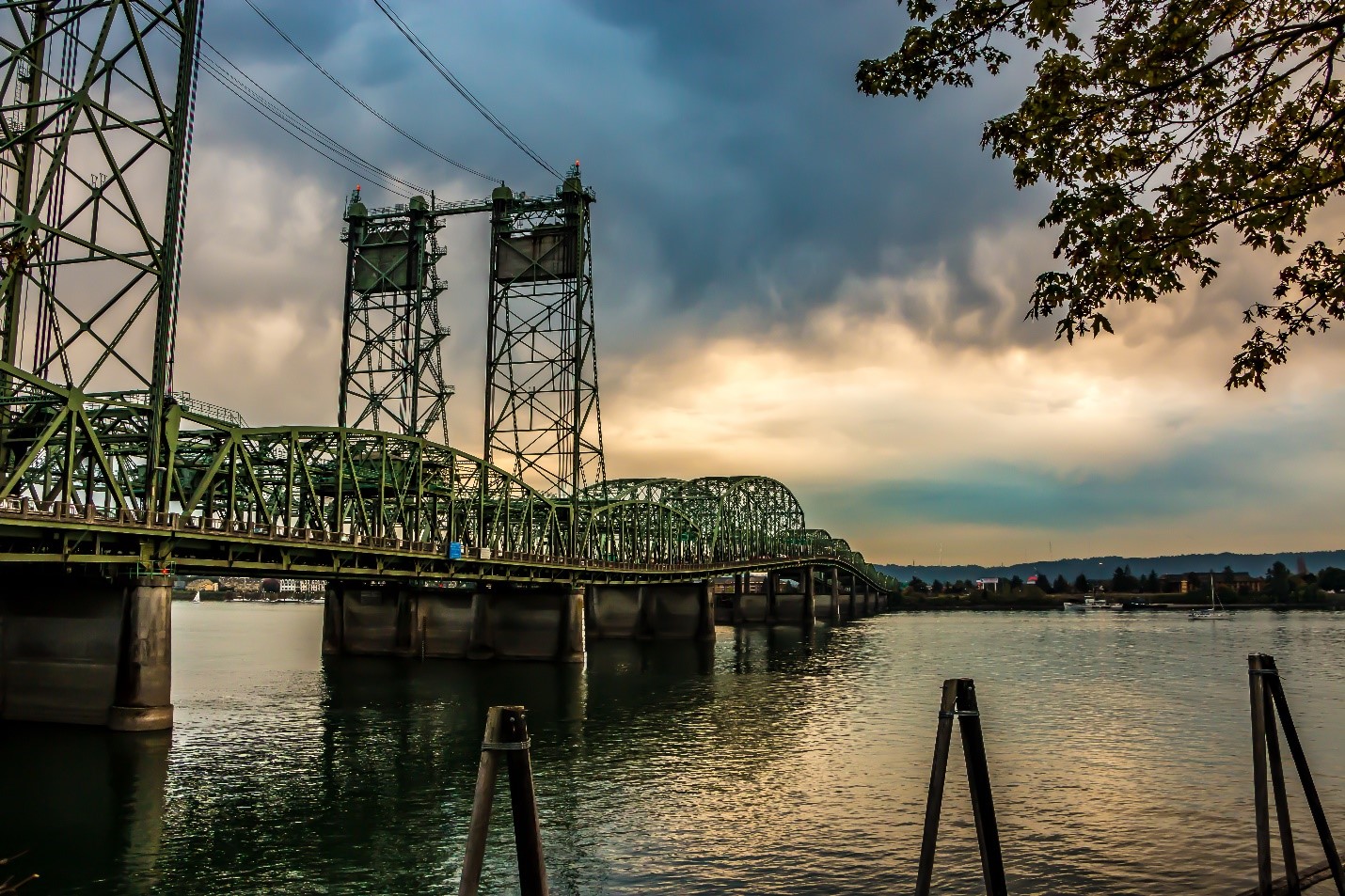“Restoring the health of the planet for future generations” is part of Parametrix’s purpose statement. With the recent acquisition of Good Company, A Division of Parametrix, we’re excited to expand our services related to climate resiliency, adaptation, and sustainability. This Earth Day, we celebrate the progress made while recognizing drastic change must happen to ensure the health of the planet for future generations.
Here are just a couple of projects we are proud to be a part of that are making a difference in the fight against climate change.
Building Resiliency: Oregon Department of Energy Cooling Needs Study
The Oregon Department of Energy (ODOE) is addressing essential statewide energy concerns in the context of human rights, health, and safety. After heat-related deaths during the record-breaking heat wave in summer 2021, Senate Bill 1536 was passed. The bill provides direction to ODOE to conduct a Cooling Needs Study, which will be reported to the legislature to guide further action.
The study will include cooling and related needs of publicly supported multifamily housing, manufactured dwelling parks, and recreational vehicle parks. We will look at the prevalence of and need for cooling facilities as well as opportunities and barriers.
Good Company, A Division of Parametrix was selected earlier this year to complete the study in partnership with the Parametrix Geographic Information Systems (GIS) team and Verde, a Portland-based environmental justice nonprofit. Work is currently underway to gather and review existing data, develop the outreach & data collection plan, interview subject matter experts, and draft the initial GIS map.
This work is one example of how we are adapting to and building resiliency against climate change.
Protecting Water Quality: Western Washington Stormwater Management Action Plans
Stormwater Management Action Plans (SMAPs) will protect and improve water quality and habitat under both existing and projected future developed conditions. At the same time, they identify co-benefits of future stormwater projects and retrofitting past development with little or no stormwater controls.
Parametrix’s successful SMAPs identified approaches – in addition to current stormwater permit requirements – to accommodate future growth and development while preventing water quality degradation and improving conditions in receiving waters harmed by past development.
To complete the SMAPs, Parametrix:
- Reviewed data and completed an existing conditions and data gap analysis
- Prepared prioritization metrics for local watersheds and prioritized watersheds or watershed groups using our tool called FutureShed.
- Created a list of concept-level potential stormwater facility retrofits for the area, including identification of best management practice types such as distributed low Impact development retrofits or regional flow control facilities.
- Worked with clients to identify additional, non-quantifiable opportunities and constraints such as political support, funding applicability, and community perception in the retrofit analysis through an environmental justice lens.
- Supported clients in preparing for an online Public Open House and developed a web-based GIS story map throughout the project duration to support public outreach.
Parametrix has completed SMAPs for many of our municipal clients and received award-winning plans approved by the Washington State Department of Ecology. These SMAPs will make a substantial, positive difference in future water conditions.
Reducing Impacts and Improving Adaption: Interstate Bridge Replacement Program (IBR)
The Interstate Bridge is a critical connection linking Oregon and Washington across the Columbia River as part of a regional, national, and international trade route. With one span now 105 years old, it is at risk for collapse in the event of a major earthquake and no longer satisfies the needs of commerce and travel. Replacing the aging Interstate Bridge with a modern, seismically resilient, multimodal structure that provides improved mobility for people, goods, and services is a high priority.
Not only will the bridge be replaced, but it will be done in a way that considers the impacts of climate change. The IBR Climate Framework has two main objectives: reduce climate impacts and improve climate adaptation and resilience through deliberate actions. The program will foster the dramatic and necessary improvement in the sustainable performance and resiliency of physical infrastructure by helping owners, planners, engineers, communities, and contractors, to implement more cost effective, resource-efficient, and adaptable long-term infrastructure investments.
The IBR program supports local, regional, and state climate goals—including the reduction of greenhouse gas emissions— by identifying safe, efficient, and accessible multimodal solutions for people traveling across the Interstate Bridge. The program would extend light rail to Vancouver, make substantial improvements to the active transportation network, and would include a variable rate toll for drivers. These factors would all shift people from cars to modes with lower per trip greenhouse gas emissions.
The program is also considering what might happen as temperature increases lead to different and extreme weather, creating a range of other impacts and driving the need to consider adjustments in design to accommodate those future conditions.


